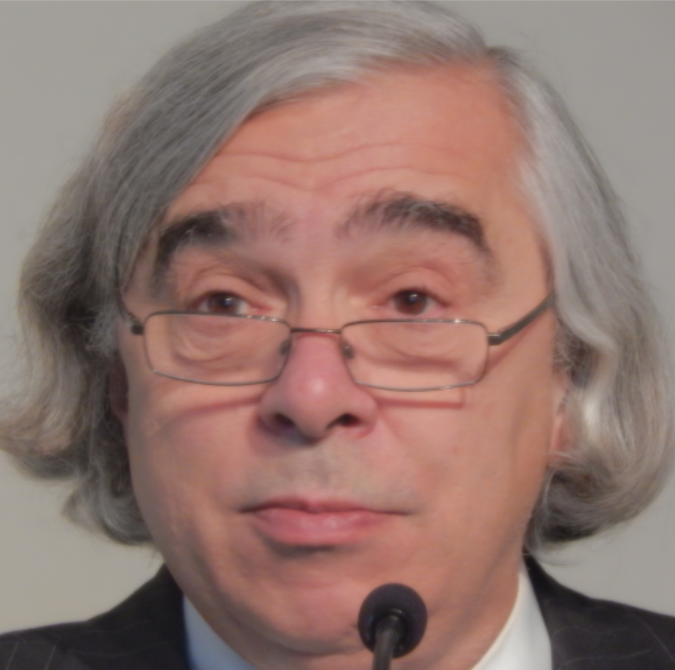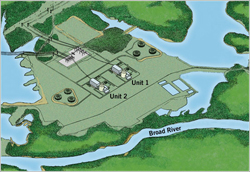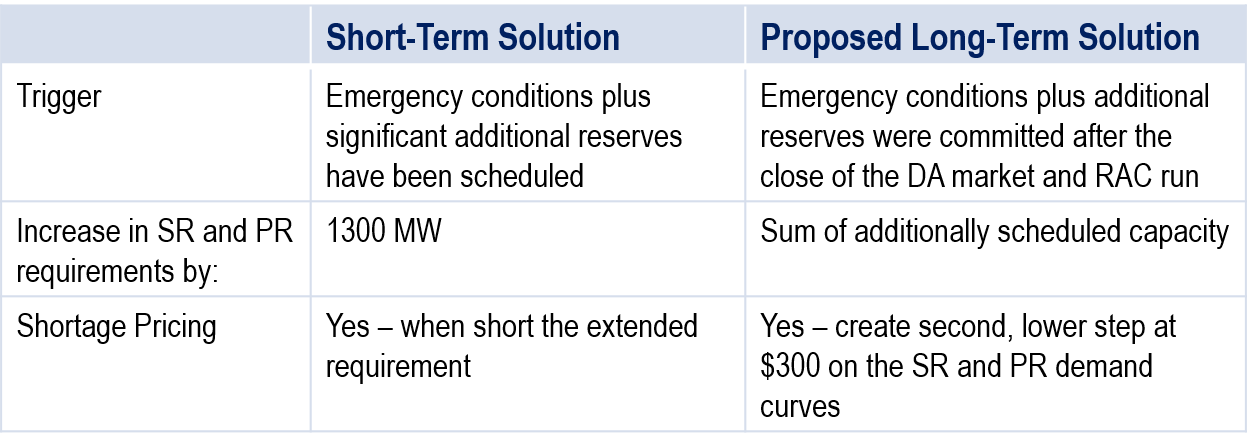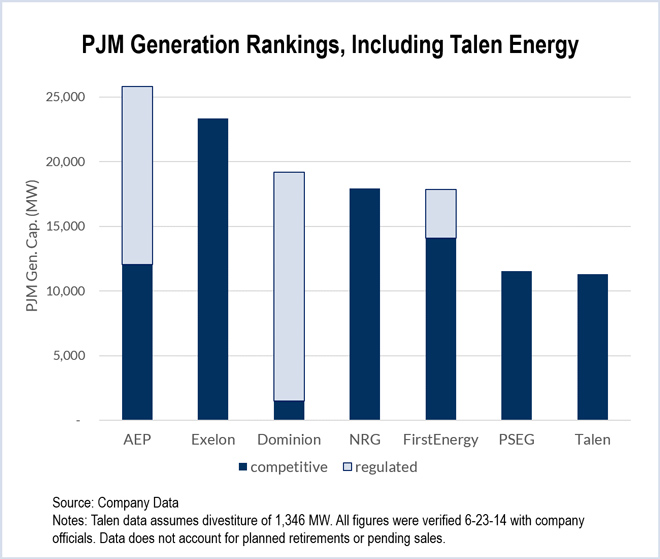By William Opalka
The Federal Energy Regulatory Commission last week dismissed challenges to three ISO-NE market rules that generators had wanted tossed in advance of this week’s Forward Capacity Auction.
The commission upheld ISO-NE’s pricing rule for new generation, its administrative pricing provisions and its Peak Energy Rent Adjustment.
New Entry Pricing Rule
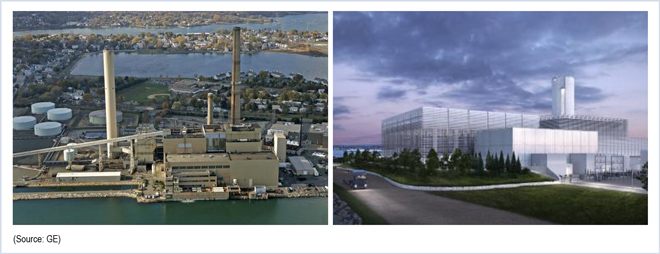
The New Entry Pricing Rule allows new resources to lock in the price at which the resource clears in its first FCA for up to six subsequent delivery years.
A Nov. 28 complaint by Exelon and Calpine alleged the rule suppresses prices for other capacity providers because it results in new resources entering the equivalent of zero-price offers in the six additional years. The companies noted that the commission had rejected zero-price offers in PJM.
ISO-NE opposed the complaint, saying that the price stability provided by the lock-in allows a new resource to be offered with a smaller risk premium, making it closer to its true competitive cost of entry.
In a Jan. 30 order, the commission sided with the RTO (EL15-23). “Complainants have not demonstrated why it is unjust and unreasonable for a new resource electing the price lock-in to be treated as a price-taker in the ISO-NE market for the remainder of the lock-in period,” the commission said.
“ISO-NE’s treatment of those resources simply reflects the design and efficiency advantages that a resource that recently cleared an FCA as a new resource would be expected to have over the rest of the New England fleet. In fact, even if such a resource does not have a price lock-in, it would typically submit a zero-price offer in the ISO-NE market, consistent with its low going-forward costs and in order to ensure that it is taken in the auction.”
PJM Rules
The generators had asked FERC to address the price suppression by allowing a lock-in option for existing resources or implementing corrective rules used in PJM.
Under PJM’s New Entry Price Adjustment rule, a new resource may lock-in the clearing price for two additional years. PJM addresses the price suppression effect of the rule by requiring a price-locked resource to offer its capacity into the second- and third-year auctions at the lesser of either its first-year price or 90% of the net cost of new entry for that year.
The commission acknowledged the companies’ contention that “under certain limited circumstances, PJM’s NEPA rules may result in higher prices than those under ISO-NE’s zero-price offer requirement.” That, however, does not make ISO-NE’s zero-price offer requirement unjust and unreasonable, the commission said.
Administrative Pricing
In a related ruling last week, FERC denied a request for rehearing by the New England Power Generators Association, which had asked the commission to reconsider its 2013 challenge to administrative pricing provisions in ISO-NE’s Tariff (EL14-7).
NEPGA challenged provisions governing the prices paid to existing capacity resources when there is inadequate supply or insufficient competition in an FCA or when capacity that clears in one FCA is carried forward into a subsequent FCA.
The commission’s initial ruling in January 2014 found that the Tariff was unjust and unreasonable because it could result in prices that were not reflective of supply conditions. But the commission rejected NEPGA’s proposed Tariff revisions, saying they would leave consumers vulnerable.
In its rehearing request, NEPGA reiterated its call for a change in the pricing rules, saying the current administrative prices were at least 40% too low.
In its Jan. 30 ruling, the commission again rejected the generators’ request.
“Absent sufficient evidence that a rate increase of such significant magnitude is necessary to incent new entry and retain existing capacity resources … NEPGA’s proposal does not appropriately protect consumers and the market from sudden, significant price increases.”
Peak Energy Rent Adjustment
FERC also dismissed a NEPGA complaint that sought to roll back the Peak Energy Rent Adjustment, which it said would threaten reliability (EL15-25).
FERC said the trade group had failed to show the PER Adjustment was unjust and unreasonable, so it did not address alternatives sought by NEPGA, including raising the PER strike price by $250/MWh.
NEPGA sought to have ISO-NE modify the PER for Capacity Commitment Periods 5 through 8 — from now until early 2018 — and then eliminate it altogether for FCA 9. The auction covers delivery year 2018/19, when the ISO will implement its Pay-for-Performance program, which will tie capacity revenues to real-time performance.
“A supplier still has the obligation and the incentive to operate its resource, and therefore not changing the PER strike price will not create a disincentive for suppliers to provide energy, as NEPGA suggests, and is thus unlikely to cause reliability problems of insufficient resources to meet load demand,” FERC said.
Moeller, Clark See ‘Valid Concerns’
However, Commissioners Philip Moeller and Tony Clark, while denying the complaint, were unsatisfied with the end result.
“NEPGA and other parties have raised valid concerns regarding the continued application of the existing PER Adjustment in light of the increases in the reserve constraint penalty factors in ISO-NE’s energy market put in place in 2014,” they wrote in a separate statement.
FERC’s order noted that the stakeholders will continue to discuss the issue and it suggested further review would be done in advance of FCA 10 a year from now.






